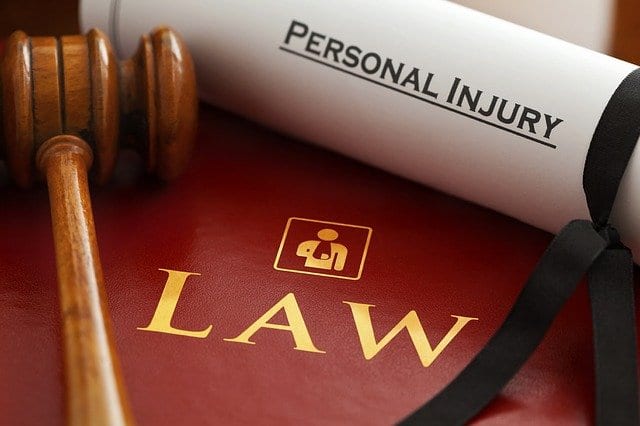Accidents happen; it is part of life. However, in the eyes of the law, an accident may be equivalent to a personal injury claim. In any personal injury case, it will be the injured party’s job to convince the judge or jury that the defendant is responsible for causing the injury in one way or another.
The burden of proof is a legal tenet that pertains to what the plaintiff or injured person must do to convince the court of the defendant’s guilt in the matter. A lawyer will be immensely helpful in understanding the burden of proof so contact a Tucson Personal Injury Attorney as soon as possible.
The Burden of Proof in Personal Injury
The “Burden of Proof” is also called the preponderance of the evidence in a personal injury claim. Civil and criminal cases have a threshold of evidence that the plaintiff must meet before the defendant can be found guilty or liable.
Personal injury lawsuit burden of proof, to be simply put, is how much you must convince the judge or jury to believe the defendant is guilty. The convincing has to be done by the strength of the evidence. The evidence does not have to be overwhelming, but it has to show that the defendant is more likely than not guilty of the crime they are accused of doing.
In a criminal case, the plaintiff and their attorney must convince the court of the defendant’s guilt “beyond a reasonable doubt.” However, personal injury lawsuits are civil cases; hence there is no need for such standards; hence there is a much lower “burden of proof.”
By saying the plaintiff needs to convince the court that the judge or jury is more likely than not the defendant is guilty, the facts and evidence should be at least 51% true. Fifty-fifty odds are not good enough to convince the good of the defendant’s guilt.
Burden of Proof: Defendant vs. Plaintiff
The burden of proof concept applies to the plaintiff and not the defendant. Therefore, the defendant is not required to prove that their version of events is valid, nor are they needed to provide facts or evidence to that end. The court only has to believe that the defendant has a more than fifty percent chance that the plaintiff’s version is false for the defendant to win the case.
In court, the defendant can still provide their own set of facts and evidence that prove the plaintiff’s case is wrong. However, the judge or jury does not need to believe that the defendant’s facts are more accurate than the plaintiff’s.
There are exceptions to the “burden of proof rule.” The exception, in this case, applies when the defendant is trying to prove an affirmative defense. An affirmative defense is when the plaintiff successfully establishes their case, but the defendant provides facts and evidence that defeat the plaintiff’s case. In an affirmative defense case, the defendant must prove that the elements of their case are more likely than not true.
The personal injury lawsuit burden of proof concept is complicated and more likely to be successfully handled by an attorney. However, it will help you understand it better if you want to win the case. The above article should provide a cursory understanding of the legal principle.
